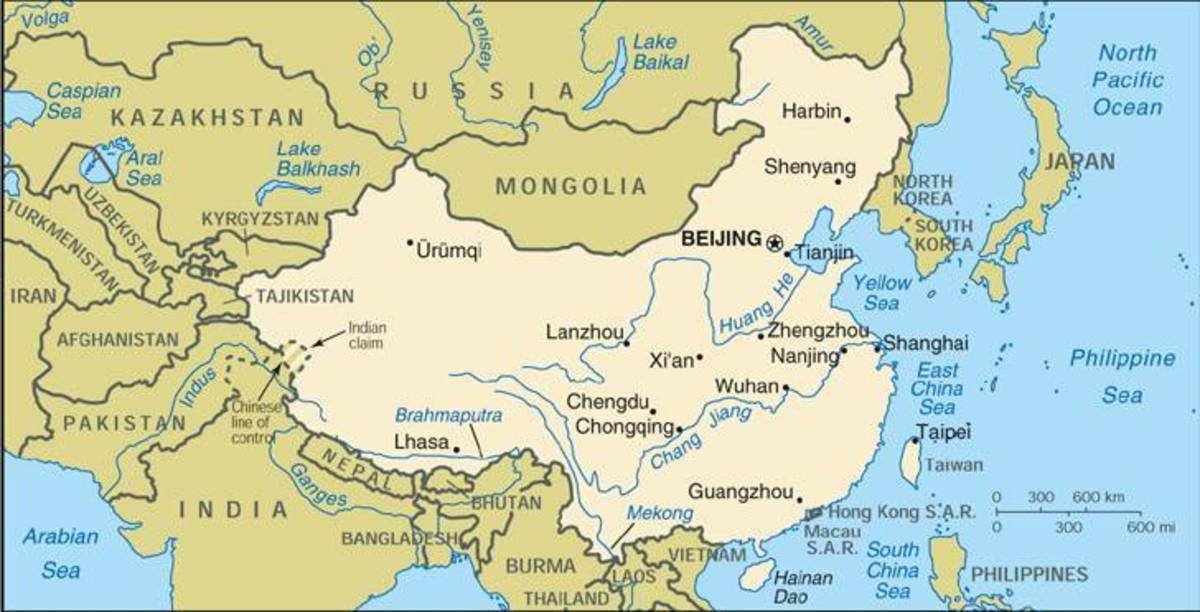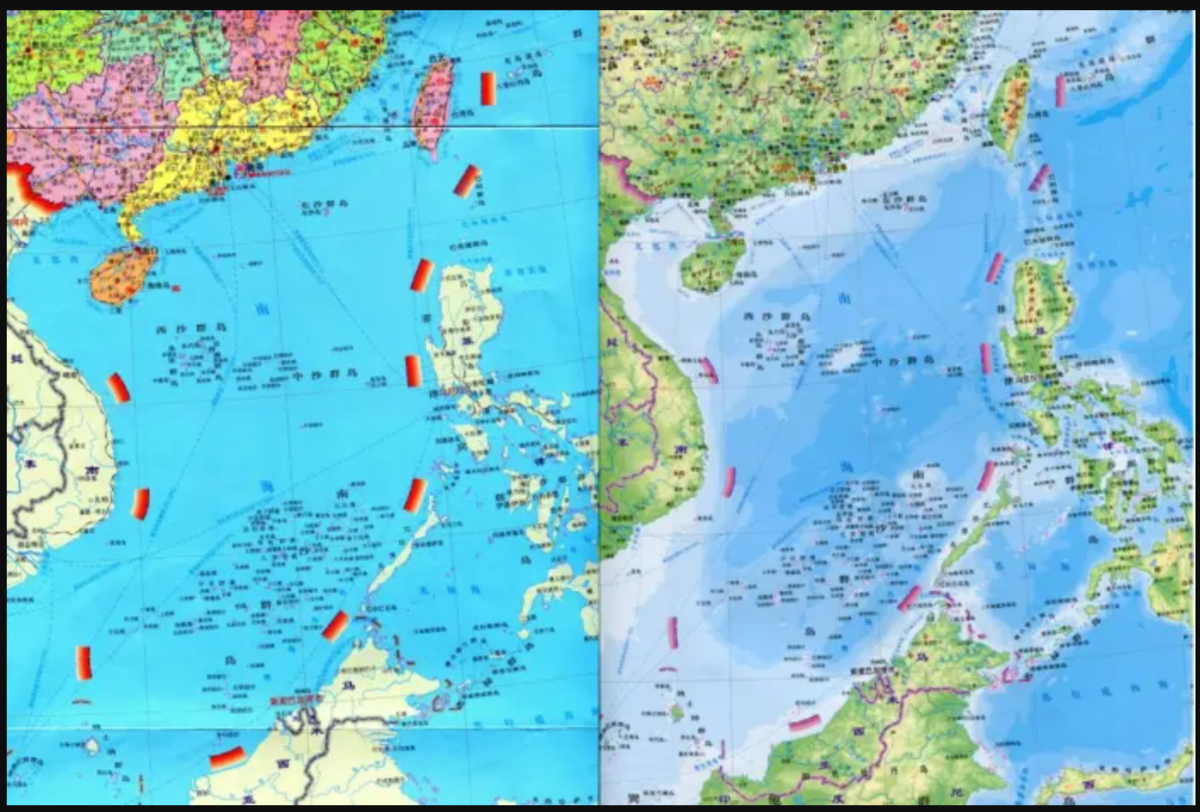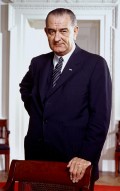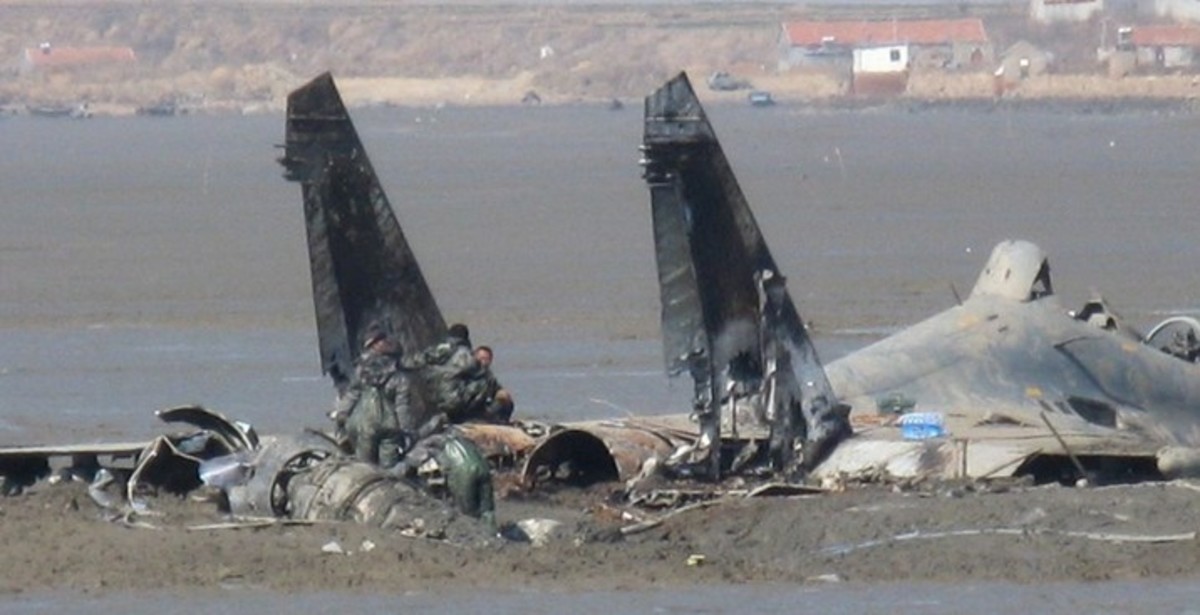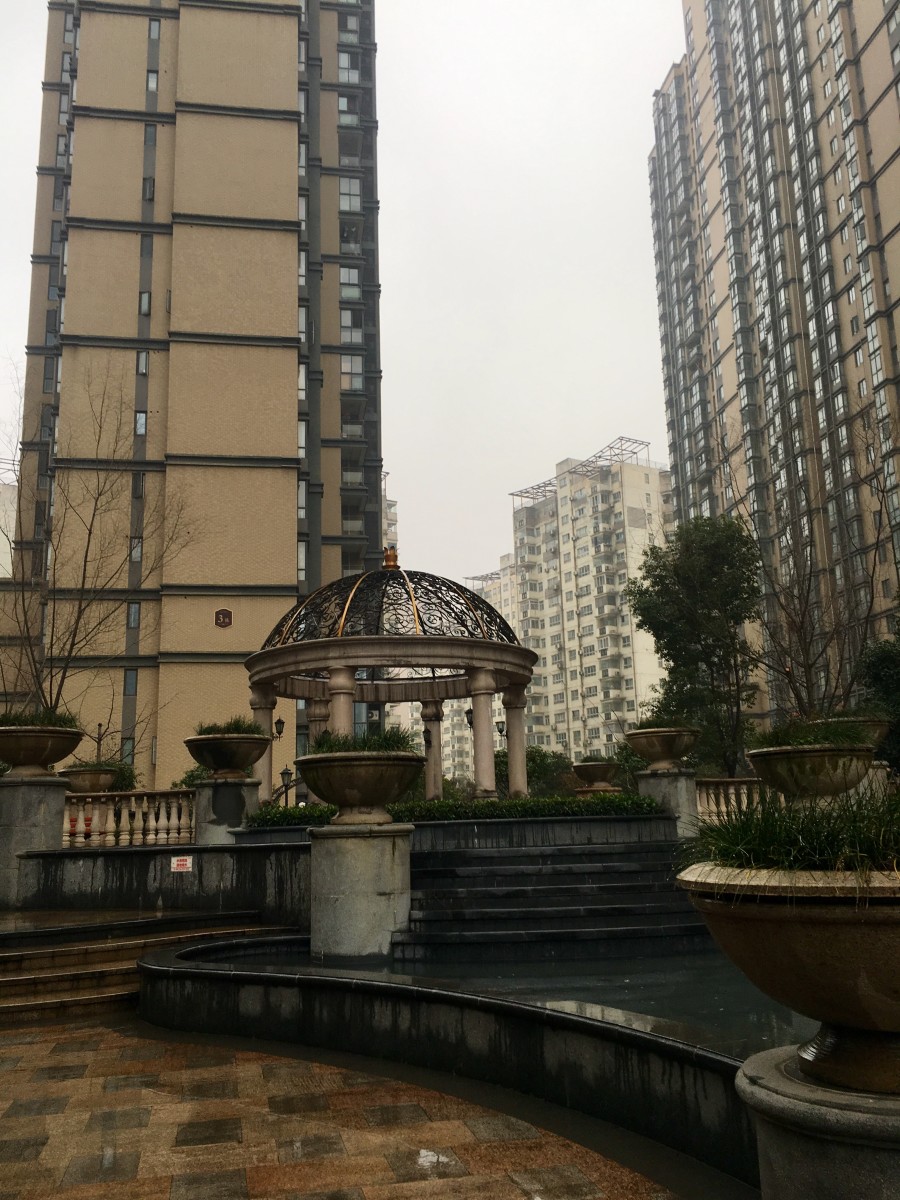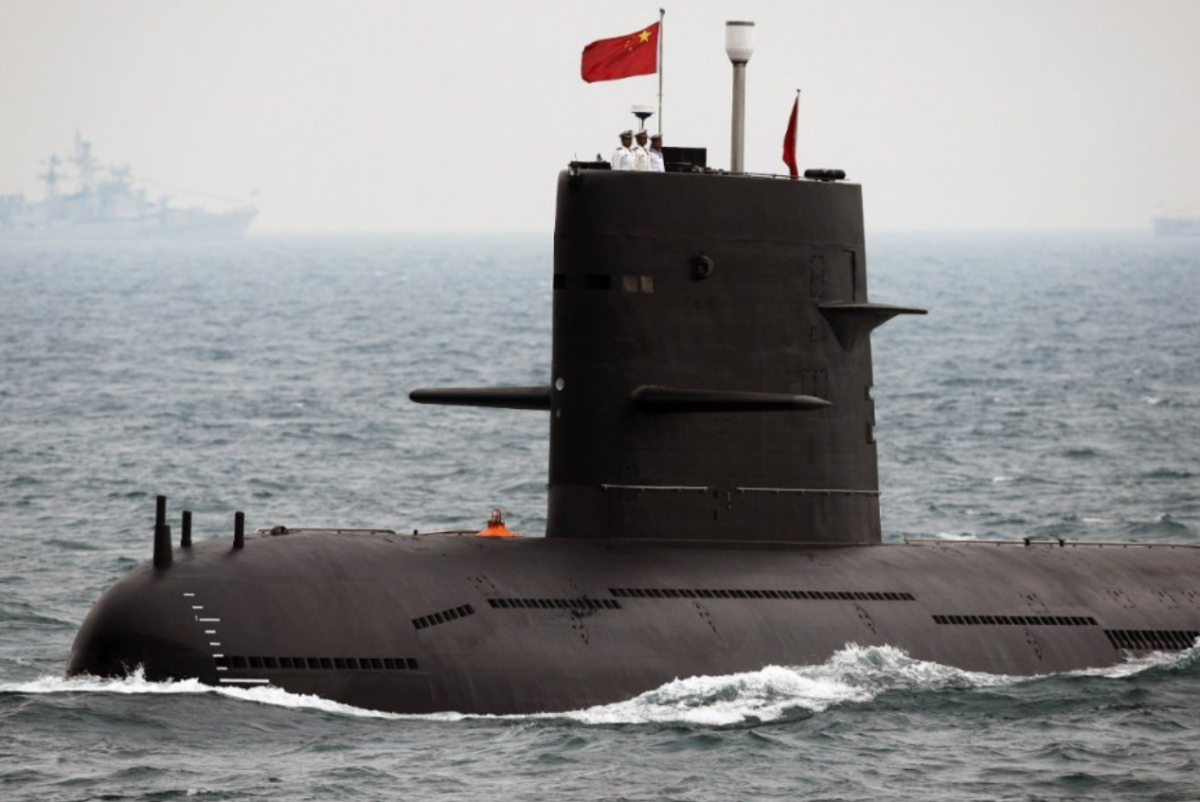Why Has USA Allied with China Since 1972?
Diplomacy
Railroad
Business and geopolitics motivated USA to ally with China
The world was taken by surprise with the announcement that the USA would ally with the People’s Republic of China, or China, in 1972, and henceforth.
At that time the USSR was the premier socialist country in the world, China was the "other socialist." Some countries considered “socialist” an euphemism with the view that “communist” was the more appropriate term. The Cold War lead by the USSR against the west lead by the USA was still raging.
The Kuomintang lead by Chiang Kai-shek , taking refuge in Formosa (Taiwan) was still claiming sovereignty over mainland China, with the backing of the USA. China and the Kuomintang fought a civil war. The civil war in the Korean peninsula had just taken a stalemate where the USA on one side and USSR and China on the other had tangled in a proxy war of the Cold War.
In the eyes of the world the USA and China were adversaries. China called the USA imperialist; USA called China communist. Mao Tse-Tung, chairman of the Communist Party of China and Chairman of China coined the name "Paper tiger" for the USA. How could they now come into an alliance?
USSR-China alliance break up
In 1959, the alliance between the USSR and China cracked. It was the undoing of USSR that wanted to control the Chinese navy and the eastern ports of China, according to Mao (Burr, W. The Kissinger Transcripts. 1999). The two former allies fought a border war that ended with the USSR withdrawing from it, it appeared to other countries like the Philippines. Whatever the reason, there was a ceasefire. However, the breach was never patched. China closed itself to the outside world as it proceeded in its revolution.
One of the results of that revolution was the abolition of feudalism in China and the ownership of land going to the hands of the state. China adopted a planned economy.
In the USA Henry Kissinger was appointed by Pres. Richard Nixon as his adviser on national security. Kissinger doubted the ability of Nixon to handle foreign policy, including that with China. Kissinger conducted a shuttle diplomacy bypassing William P. Rogers, Nixon’s Secretary of State (Woodward, B. and C. Bernstein. The Final Days. 1976). Kissinger was a protégé of Nelson A. Rockefeller, then governor of New York state, who eventually became vice president in place of Spiro Agnew.
As national security adviser, Kissinger had more trust in keeping his records of secret wiretapping in his office of conversations with Nixon and Nixon’s top aides in Rockefeller’s Pocantino Hills state than keeping them in his office at the White House. An aide reminded Kissinger that it is illegal to keep government records in a private residence; whereupon Kissinger moved them back to the White House (Same source as the above, page 191).
If there was a brewing policy of rapprochement with China, it did not originate with Nixon, neither with Kissinger who was carrying out policy formulated by a power group in the USA.
Nixon was an anti-communist. He was, as a representative in the US congress (a member of Un-American Activities committee) largely responsible for the prosecution of Alger Hiss on allegations made by the Soviet spy Whittaker Chambers. Hiss was convicted not on spying (passing public documents to Chambers) but on perjury, denying that the typewriter used in making summaries of leaked papers was his typewriter. Hiss was a top aide of Pres. Franklin D. Roosevelt; he was jailed for a few years. When the USSR had collapsed in 1991, Hiss requested the chief custodian of the intelligence archive of USSR to divulge the truth. The custodian published a statement saying there is no record of Hiss as a Soviet spy.
Great China market
China was a fabulous middle kingdom as described by Marco Polo who was the first westerner to set foot on China. During the rush for colonies, eight western countries (England, Russia, France, Portugal, Germany, etc.) penetrated China by trade and building railroads. China wanted to keep abreast of the west but it was treated shabbily through the Unequal Treaties that mangled Chinese sovereignty.
In early 1900s the USA joined the imperialist wagon. John Hay, Secretary of State, formulated the Open Door policy by which the USA was allowed to take part in mangling China. That year, the USA annexed the new republic of the Philippines, having gained independence through a revolution against Spain, as a jumping board to China. The USA coveted China as a market, a large one for its cotton export.
Mao’s forces liberated China from foreign domination by destroying collaborators like Chiang. However, Mao did not declare war on USA. The USA did not declare war on Mao’s forces either. During the time that Chiang was still in control of mainland China, and the USA was its ally, the USA had exported a lot of cotton to China.
Korean war
At the height of the Korean war (1950-53) the USSR and China were still allies. The USSR did not contribute much ground troops to the Korean War. It was the troops of Mao that supported the North Korean forces (Kolko, J. and G. Kolko. Limits of Power. 1972). Still USA did not declare war on the USSR and China. China did not declare war on USA either.
So the general state of affairs in early 1970s were: Chiang’s forces and American forces were stationed in Taiwan; the Korean war was a stalemate; USSR and China had parted ways; the Cold War was raging; West Germany and East Germany were still divided.
Lessons from other countries
A lesson USA learned from having the Philippines as part of its empire was that it could control a country through local collaborators. In the Philippines, the Filipino oligarchs (rich) collaborated with the Americans. It could even give a semblance of independence to that country so long as it controlled the ruling class, mainly feudal lords, as in the case of the Philippines.
It did not matter if that country shared the values or mechanisms of democracy that the USA prided itself as custodian. When Ferdinand Marcos made himself dictator of the Philippines, USA supported Marcos. That shows that the USA deals with another country regardless of the ideology or culture of that country.
Japan gave another lesson for USA. Japan was defeated in war and occupied by the USA. Japan was more supplicant to USA because the Emperor of Japan was revered by his subjects. In fact, Gen. MacArthur, commander of the Southwest Pacific theater and eventually commander of the occupation of Japan did not want to abolish the position of the Japanese emperor as a condition in the surrender of Japan.
However, Japan showed that a country could be occupied or controlled if it was defeated in war. Now, USA failed to gain a foothold in China through Chiang.
China was now emerging as a world power. It showed its muscle by engaging USSR in a border war. If the USA could not defeat North Korea because of the support of China, how could it hope to conquer China in a direct war?
Nixon remarked that China could afford to lose half of its population to engage in a total war (Woodward, B. and C. Bernstein. The Final Days. 1976). Could USA afford the same? The Vietnam war that preceded the negotiations for rapprochement with China showed that USA could become divided and weakened with the death of less than half a million American soldiers in war.
During all the Cold War years, USA exported wheat to USSR. So trade was proceeding even as the two were engaged in proxy war. International businessmen were not blind to see the light of day. They could go back to the China market without going through a war.
Negotiations for rapprochement
The binding force, as repeated by Nixon to Mao during his visit to China in 1972 to sign the treaty with Mao, was that two countries that have the same point of view about the world can become allies.
The points were: USA will not invade China; China will not invade USA; USA saw the USSR as a threat; China saw the USSR as a threat. Both agreed that West and East Germany should be unified and the opposition posed by USSR should be eliminated; Iraq was a problem; Europe was weak (Burr, W. The Kissinger Transcripts. 1999). USSR collapsed in 1990; the two German states unified in 1991.
Mao needled Kissinger about the presence of USA in Taiwan. Kissinger said the USA will abandon Taiwan. To show his sincerity, Nixon withdrew from Taiwan Phantom 4 bombers. Kissinger and Mao (with Premier Chou Enlai, or course) agreed that Taiwan is a domestic issue of China that it will resolve peacefully even if it would take 100 years.
Then you want to invade USSR on top of our shoulders, Mao probed Kissinger further. Kissinger assured Mao the USA will not do that.
The USA and China entered into a rapprochement treaty with unprecedented terms. Kissinger presented a draft of the treaty to Chou Enlai. Chou Enlai rejected it. Chou Enlai insisted that the treaty contain a list of differences between USA and China.
Some of the differences that the world knows. China is a socialist country with a mixed economy; China owns all land; China has its own way of choosing its leaders . USA is a capitalist country; USA chooses leaders by means of secret ballots; land is privately owned in USA except national parks and others considered as national domain.
With such differences, China has avoided the binds that had strangled China by the eight countries through the Unequal Treaties. China does not meddle with the elections in USA; USA cannot meddle with how China chooses its leaders.
American businessmen want the people's corporations of China privatized; China ignores such demands.
China does not join USA in wars USA engages in, the invasion of Iraq for example.
China has adopted some technologies from the west and capitalist ideas in doing business. It is now next to the USA as an economic power in the world.



